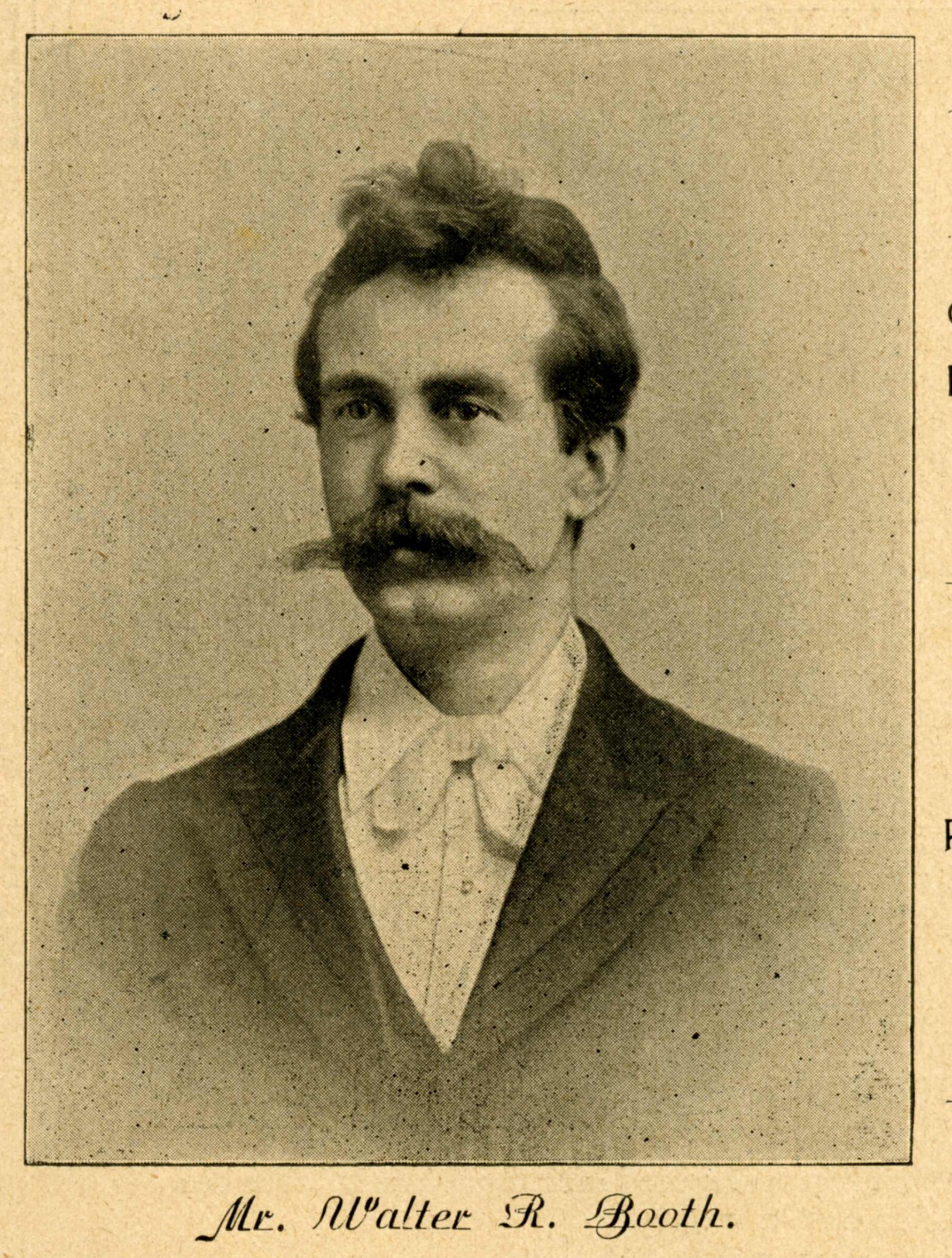 Die Verräterin
Die Verräterin
R: Urban Gad. B: Erich Zeiske (as D.J. Rector). K: Guido Seeber. D: Asta Nielsen, Max Obal, Robert Valberg, Emil Albes. P: Projektions-AG Union (PAGU). D 1911
Print temporarily not available
“Yvonne (Asta Nielsen ), daughter of a rich and French noble family, falls in love with a young Prussian Lieutenant (Robert Valberg ); this proves to be a tormented and complicated relationship due to the sense of duty of the Prussian Lieutenant and the whimsical imprudence of the young bourgeois. (…) She is a frivolous bourgeois fräulein with an overbearing personality who can’t understand why the young Prussian lieutenant puts duty before passion. Ultimately, she will even flirt with the partisans (the historical background is the 1870-71 German-French war ) and ends up betraying her lover with terrible and tragic results.”
IMDb
“Die Prolog-Einstellungen wurden zu Vehikeln der Starpräsentation. (…) Das einfachste Modell zeigt sich bereits in der ersten Starfilm-Serie von 1911/12 um Asta Nielsen. So eröffnet zum Beispiel der fünfte Film dieser Serie, das im Januar 1912 uraufgeführte Drama Die Verräterin (Deutschland, Urban Gad), mit einer sepia viragierten Einstellung: Asta Nielsen verneigt sich vor einem dunklen neutralen Hintergrund in einem eleganten und exotisch anmutenden, chinoisen Kostüm mit Blick zur Kamera. Mit der nächsten Einstellung beginnt der erste Akt. Das Kostüm sollte weder in der Handlungswelt wiederkehren, noch verweist es in irgendeiner Form auf die Art der folgenden Narration (ist für sie also nicht emblematisch) – ebensowenig die Geste, die im Theater und Schaugewerbe konventionelle Verbeugung vor dem Publikum. Die Pose, das Kostüm und die gesamte Bildinszenierung schaffen einen Starfetisch, der die Schauspielerin klar als Schauspielerin außerhalb der Rolle inszeniert. Diese Form wird bald durch weniger diskontinuierliche Lösungen ergänzt, hat aber durchaus daneben weiter Bestand.”
Jörg Schweinitz: Die rauchende Wanda. Visuelle Prologe im frühen Spielfilm. In: Montage/AV 12 (2003) 2, S. 88-102
More Asta Nielsen films:
>>> Afgrunden, Balletdanserinden, Die Filmprimadonna, Zapatas Bande, Das Mädchen ohne Vaterland


